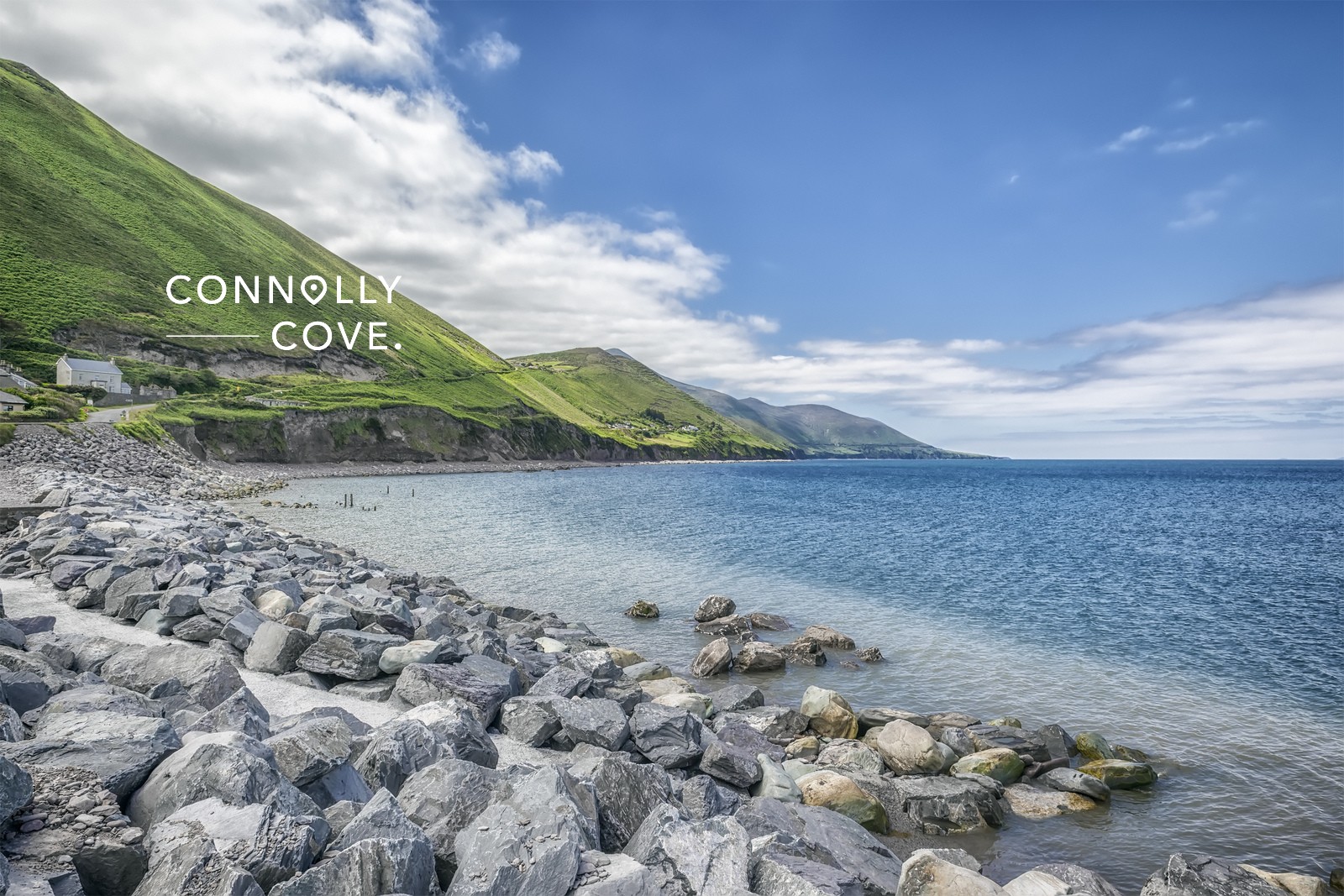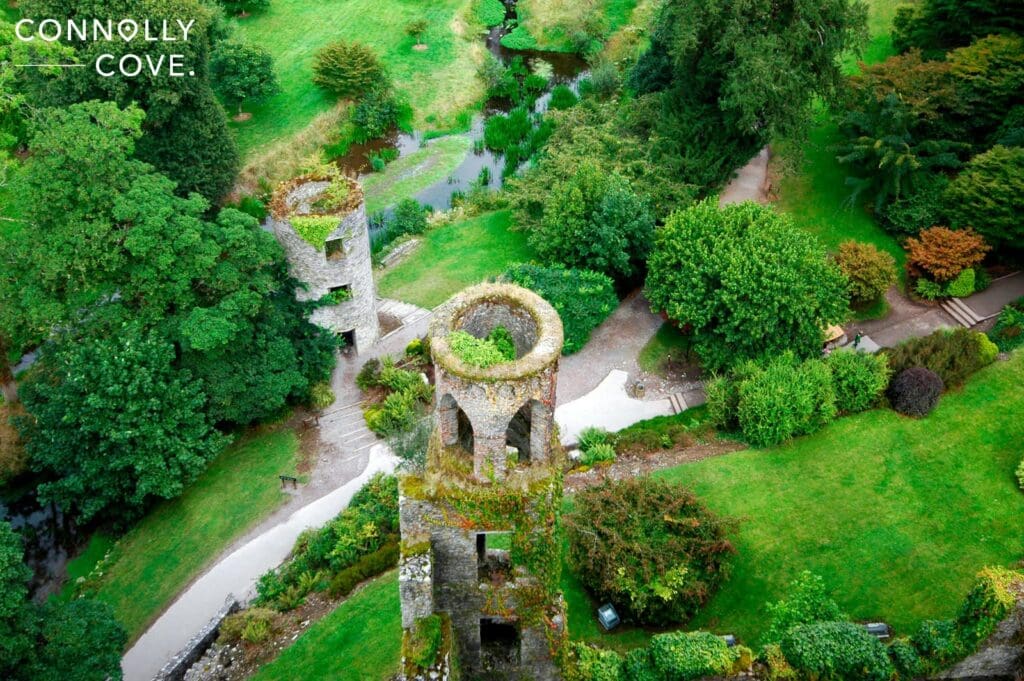Your Trip to Ireland: Top Tips to Visiting and Exploring the Island

Updated On: April 20, 2024 by Aya Radwan
If Ireland is your next travel destination, then kudos to you. This magnificent island will fill your soul with its centuries-old history, unmatched natural beauty and thriving cultural and artistic scenes. Come with us as we put together the best tips to make your trip to Ireland the memorable journey you’re expecting it to be. Our tips cover everything from packing to sharing a few secrets to enjoying your trip.
The Best Time to Plan Your Trip to Ireland
The best time to visit Ireland is the summer season, from June to August. This is when the weather is most pleasant, with average temperatures between 15-20 degrees Celsius (59-68 degrees Fahrenheit). It’s a great time to explore Ireland’s beautiful landscapes and countryside; everything is in full bloom and vividly green. Outdoor activities such as hiking, camping, picnicking, cycling, and exploring historical sites are popular during this time.
Other seasons can be fascinating, too. Springtime (April-May) is when the countryside comes alive with colourful wildflowers, and it’s a great opportunity to witness newborn lambs playing in the fields. Meanwhile, autumn (September-October) offers stunning foliage colours and a quieter atmosphere for those who prefer fewer crowds.
Driving Tips in Ireland
Driving in Ireland can be thrilling, but keeping a few tips in mind is important. The roads are narrower and winding, so take your time and drive cautiously. Remember to drive on the left side of the road and use roundabouts correctly.
Speed limits are clearly marked, so adhere to them for safety. It’s also worth noting that some rural areas may have narrow country lanes, so be prepared for tight squeezes! Keep an eye out for livestock crossing the road in more remote areas as well.
Don’t forget about parking; pay attention to signs indicating where you can park legally and avoid any unnecessary fines or towing incidents. Overall, taking your time, staying alert, and respecting the road code of conduct will ensure a safe and enjoyable driving experience during your trip to Ireland.
Where to Stay On Your Trip to Ireland
When visiting Ireland, there are many options for where to stay, catering to different preferences and budgets. Don’t worry; we’ve got you covered with all the best accommodations during your trip to Ireland. We bring you the best hotels in Dublin City Centre and where to stay in Belfast.

Then, we take you through hotel guides around the island, from the best places to stay in Derry to Unique Airbnb’s on the island to Killarney’s comprehensive accommodation guide. If you’re a luxury seeker, we bring you the best spas in Ireland. We’d like to recommend glamping as well, which is luxurious camping, so we bring you the best glamping spots in Northern Ireland.
Must-Pack Items on Your Trip to Ireland
There are many essentials to pack for your trip to Ireland; some are also related to your chosen cities and attractions to visit. Suppose you’re planning to visit mountain ranges, such as the Diamond Hill Mountain Park in Connemara or natural parks, such as the Wicklow National Park. In that case, it’s best you pack comfortable walking shoes to focus on enjoying the landscapes. Formal attire might be helpful if you plan to savour a meal at a fancy restaurant or attend an event.
If you plan to picnic in any of Ireland’s endless gardens, such as the Kilkenny Castle grounds or Stephen’s Park in Dublin, it’s best to pack a small picnic blanket and reusable food containers. These items will bring you to enjoyable outdoor experiences and indulge in delicious local snacks.
Bringing a camera long for your trip to Ireland is a must, regardless of your itinerary. However, if you’re a nature lover, your camera and binoculars will help you capture the beauty of the Irish countryside. You’ll get rare opportunities to observe some of the island’s birds and animals. As a history buff, a detailed map of the island’s historical sites and castles, perhaps a guidebook, will give you an advanced look into Ireland’s amazing landmarks.
Popular Attractions to Drop by on Your Trip to Ireland
Words cannot describe Ireland’s wealth of historical and natural landmarks to visit. What do they say? “In all the crannies and the nooks.”? Well, in all of Ireland’s crannies and nooks is an interesting story waiting for visitors, and those crannies and nooks include all the island’s cities, towns and little charming villages.
You can expect Ireland’s marvellous oceanfront to steal your breath away with its naturally carved cliffs, such as County Clare’s Cliffs of Moher. The Fair Head Cliffs in Antrim and, we cannot forget, Slieve League in Donegal are equally breathtaking. The rugged, up-and-down terrain of mountain ranges and natural parks, such as the Killarney National Park or the historical lough, Glendalough, will engulf you in their undeniable beauty.
If you’re fascinated by majestic castles perched atop hilltops, you can head to the Rock of Cashel or the once-thriving Clan O’Donoghue’s stronghold, Ross Castle. Your trip to Ireland can get even more exciting when you explore the secret of “Kiss the Blarney Stones” at Blarney Castle. There’s no shortage of magnificent castles in Ireland, from Kilkenny Castle to Classiebawn Castle to the incredible remains of Dunluce Castle.
If you’re interested in historical religious sites, look no further than the Emerald Isle. Churches, cathedrals, pilgrimage sites, holy wells, and ancient religious ruins are impressively dotted all around the island. Two of the many churches in both the Irish and Northern Irish capitals, Dublin and Belfast, include St Patrick’s Cathedral in the former and St Anne’s Cathedral in the second. We cannot count all the religious sites in Ireland and Northern Ireland.
Electric Outlets and Currency
Knowing about the electric outlets and currency is important when travelling to Ireland. The standard voltage is 230 volts in Ireland, and the frequency is 50 Hz. The electrical plugs used in Ireland are of Type G, which have three rectangular prongs. So, if you’re coming from a country with a different type of plug, bring an adapter.
As for currency, Ireland uses the Euro (€). Having some cash on hand for smaller purchases or places that may not deal with credit cards is always a good idea. ATMs are widely available throughout the country, where you can withdraw Euros using your bank card. Just be aware of any foreign transaction fees that may apply.
Change Currency
Before travelling to Ireland, it’s important to consider changing your currency to Euros. You can do this at banks or exchange bureaus in your home country before you leave. Alternatively, you can withdraw cash from ATMs in Ireland using your debit or credit card, which usually offers a competitive exchange rate.
It’s advisable to inform your bank regarding your travel plans and check if they charge any fees for international transactions. Keep in mind that some places may not accept cards, especially in more rural areas, so having some cash on hand is always helpful.
Special Offers and Deals
If you’re planning a trip to Ireland, you can take advantage of some special offers and deals. Travel agencies offer tour packages, including flights and guided tours, making planning much easier. Check with your local travel agency to hunt for any special offers. Sometimes, agencies provide great seasonal offers, such as summer or holiday travel. You can, of course, plan your trip to Ireland by yourself. However, we suggest doing so for the following trips to take the hassle and worry off your hands on your maiden trip to the island.
Whether you’re a solo traveller, backpacker, luxury seeker, foodie, history buff or nature lover, there are options available for everyone. These packages often provide fully protected travel plans and the opportunity to explore Ireland’s enchanting beauty with the help of professional guides.
Why Travel with a Professional Guide
Travelling with a professional guide enhances your experience in Ireland. They have expert knowledge of the country’s history, culture, and hidden gems. The guides can provide valuable insights and anecdotes that bring the destinations to life.

With a guide, you’ll visit popular attractions while also exploring off-the-beaten-path locations that locals love. They handle logistics and ensure smooth navigation, allowing you to relax and fully engross yourself in the stunning landscapes and charming towns.
A professional guide also ensures your safety and offers insider tips on places to eat, shop, and engage in authentic experiences. Moreover, travelling with a professional guide will naturally reduce your stress levels; you can share your preferences with them so they can plan an interesting itinerary accordingly, and all you’ll have to do is enjoy your trip to Ireland.
Fully Protected Travel Plans
Fully protected travel plans refer to booking your travel plans through an agency that covers trip interruptions. That’s why booking your trip to Ireland through a reputable travel agency that offers comprehensive protection for your journey is recommended. This includes coverage for unforeseen circumstances such as trip cancellations or delays, medical emergencies, and lost luggage.
By choosing a provider who understands the unique needs of travellers like yourself, you can relax and focus on immersing yourself in the enchanting landscapes and rich history of Ireland without worrying about potential mishaps. It’s all about ensuring that every aspect of your trip is well taken care of so you can truly enjoy your time exploring the serene charm and captivating magic of rural Ireland.
Request A Brochure
To fully engross yourself in the enchanting beauty of the Irish landscape, it’s a great idea to request a brochure. This will provide you with valuable information about the most breathtaking and magical places to visit in Ireland. From iconic cliffs to stunning landscapes, national parks and historic castles scattered throughout the country, you’ll have all the details you need to plan your trip to Ireland.
A brochure will provide insights on where to stay, popular attractions, driving tips, and even special offers, just to name a few. The best benefit of a brochure is keeping it for your next trip to Ireland, so you’d be more knowledgeable and have learned a thing or two about the island.
Further Reading/ Travel Guide Resources
If you’re looking for further reading and travel guide resources to help plan your trip to Ireland, there are a few options you can consider. You may want to check out travel books such as Lonely Planet Ireland or DK Eyewitness Travel Guide: Ireland, which provides detailed information and recommendations on the best places to visit.
Online resources like TripAdvisor and Visit Ireland’s official website can also be helpful in finding reviews, itineraries, and practical advice from other travellers. Additionally, joining online forums or Facebook groups focused on Irish travel can provide valuable insights and tips from people who will help you plan your trip to Ireland.
These quick and various tips about planning your trip to Ireland will make it easier and more enjoyable, whether it’s your first trip or you’ve gone around the island numerous times already.






